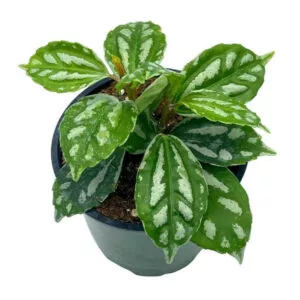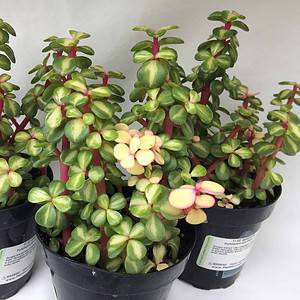No products in the cart.
These days, living eco-friendly and sustainable is now more critical than ever before. With climate change rising, we must all change when caring for our planet. But what must we do to embrace the green revolution in 2024?
First, we need to become more aware of our decisions to live sustainably. We must reduce global greenhouse gas emissions to help reduce our carbon footprint. We also need to decrease food waste and start thinking about sustainable agriculture.
Another crucial thing for embracing the green revolution in 2024 is to use environmentally friendly products. Once we can adopt these practices, it will contribute to living on a healthier planet.
But what is the green revolution, and how can we contribute? Let’s find out how to create a more sustainable world for us and future generations.
What is The New Green Revolution
During the 1960s, some scientists started developing new seed strains known as HYVs or high-yielding varieties producing higher crop yields in the agriculture and food systems. This started as the Green Revolution, with mainly maize and rice.
Both maize, rice, and wheat increased by 40 percent within five years. Hence, developing countries needed more herbicides and fertilizers. In turn, it led to an increase in production with a reduction in food prices.
Still, this global population growth has increased, and crop yields started moving in the opposite direction. As a result, more people focus on a new green revolution in Africa than in Asia, as more food is needed.
One thing that played a significant part in the green revolution is biotechnology. Biotechnology has played a substantial role in this new green revolution. So, what does this mean? It means scientists genetically modify plants, fish, and animals.
In the agricultural sector, it means injecting genes from one cultivar into another to generate a new generation of plants. Hence, some species become resistant to pests, diseases, and herbicides.
Thus, the agricultural sector can increase yields when spraying herbicides to kill weeds. In turn, it can increase the food’s shelf life, improve flavor, and increase proteins and vitamins.
Still, we are concerned that you consume food from GM crops that can affect your health. Other countries are using appropriate technologies to increase the global food supply while implementing aeroponics to produce salad crops for export.
These are great ways for sustainable agriculture to lessen greenhouse gas emissions but they cost a fortune. For this reason, people use drip irrigation to lessen the country’s greenhouse gas emissions by pumping water into pipes using small diesel pumps.
Still, it does not solve the carbon footprint problems when using diesel.
Embracing The Green Revolution And Sustainable Living

So, what is the essence of living sustainable, and how can we do our part to help? Well, living sustainably is a lifestyle we all need to prioritize for the well-being of our lovely planet.
For us, this means making the right decisions to help reduce climate change. Here we look at some ways we can make a change to help boost the global economy when looking at our climate crisis.
But first, we need to change our behaviors and mindset.
Powering the Future Sustainably Through Renewable Energy

We need to switch over to other forms of energy sources. We have the sun available and need to use it to create power. Then, there is the wind which is another outstanding energy source.
By moving over to renewable energy, we can reduce the use of fossil fuels and the harmful emissions causing our climate change. So, embrace the future by using solar panels on the roof or using wind turbines to contribute to green energy.
Transportation at Home And The Agricultural Sector
Any form of vehicle using gas as fuel greatly impacts our current situation. It has a devastating impact on the environment and our health. Thus, we must consider using green hydrogen, a clean energy source, to provide sustainable transportation for our cars, spaceships, boats, and more.
Reduce Food Waste and Promote Recycling
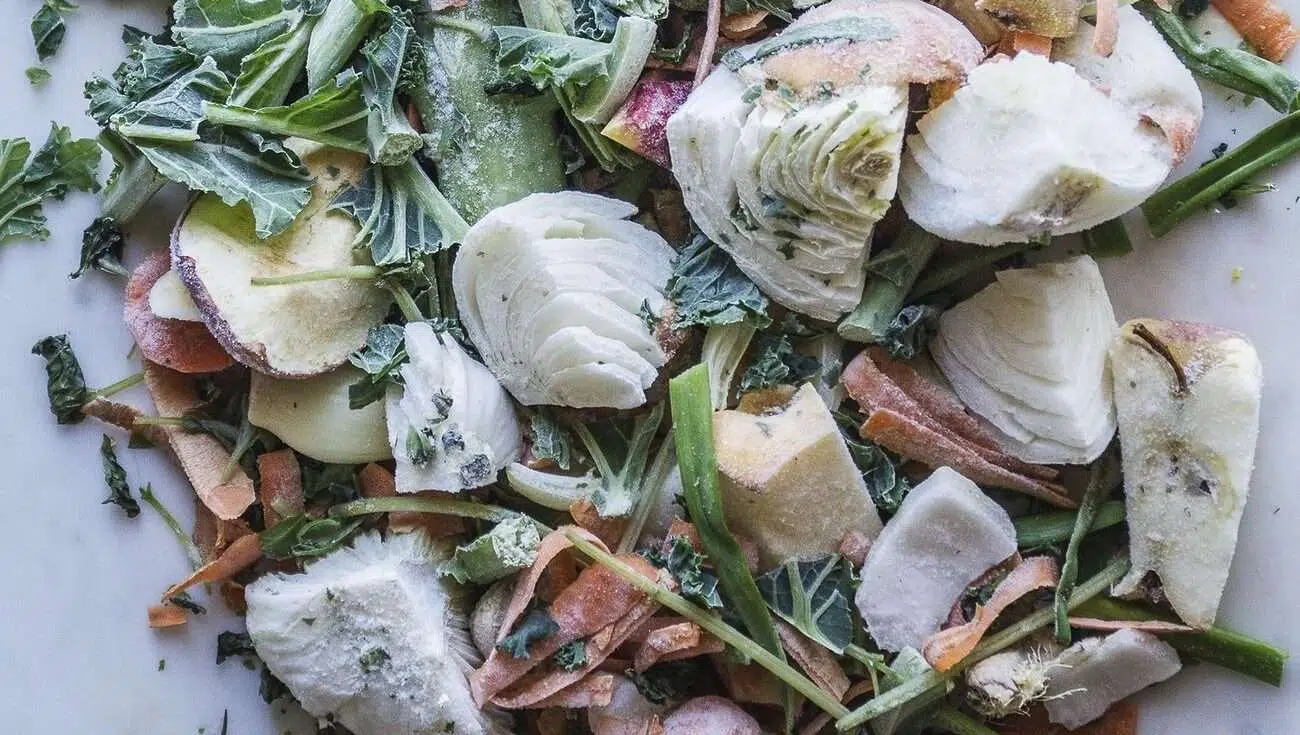
A huge part of sustainable living is to reduce food waste and other debris while promoting recycling. The first thing is to adopt the 3 R’:
Reduce
Reuse
Recycle
As soon as developing nations start reducing consumption and reusing items where possible to recycle materials, we can reduce waste in landfills.
Think about composting your organic waste to create nutritional soil health for our gardens. When we do this, we can divert the waste from landfills to provide food production and food security for all.
Here we think of vermicomposting using worm castings at home. This will be a great start to help lessen global warming.
Examples of Green Architecture and Design
The above are a few things we can do to change our climate crisis, but you can do many more things at home.
Vertical Gardening through Hydroponics
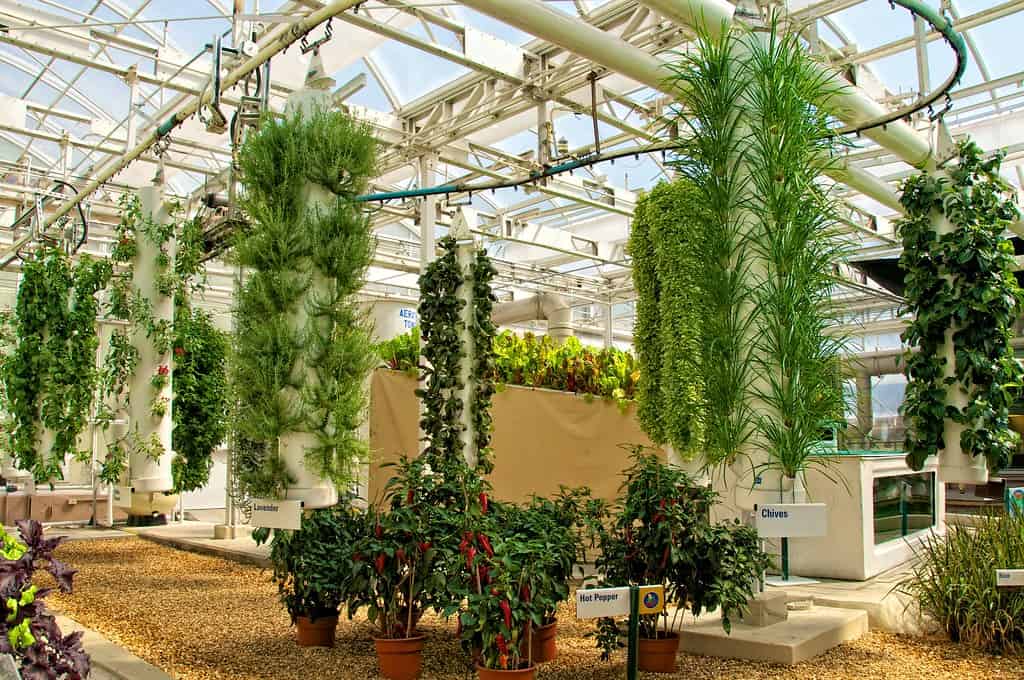
Recently we wrote about indoor gardening with hydroponics, and one great way to achieve this is to use vertical gardening when you have limited space. You can grow your food horizontally or vertically.
The system uses the conventional hydroponic method with a gravity feed system. You enhance the water quality for growing food with nutrient-rich water fed from the top, which collects at the bottom. It has many advantages if used by farmers, as follows:
Research shows it provides a high-density yield per unit in an area.
It works well for young farmers who have small yet sunny places, and you can grow your food on a balcony, rooftop, or patio.
You can get year-round food production inside, offering you 90% efficiency with water use. Imagine how much agriculture can save.
Neither do you have soil-bearing diseases.
Many farmers call it a window farm as it has an A-frame hydroponic system with wall-cascaded bottles.
A Living Wall to Remove Global Greenhouse Gas Emissions

Living walls or green walls are also known as vertical gardens. You see them in hotel lobbies or corporate offices. In addition, you can find them mounted on buildings’ exterior or interior walls, which vary in shape and size.
It is like creating agricultural land filled with refreshing greenery or a tropical feel in your living space. You can buy or even build one for your living space. Here is where recycling old water bottles to material and wood comes in.
The best part is the upfront costs will not be much with what you have available, and you can plant:
Grasses
Fruit
Herbs
Vegetables
Herbaceous Perennials
But if you prefer to start something simpler in your home, check out our Herbs Go With Every Kit to get started.
Energy-Efficient Home Design
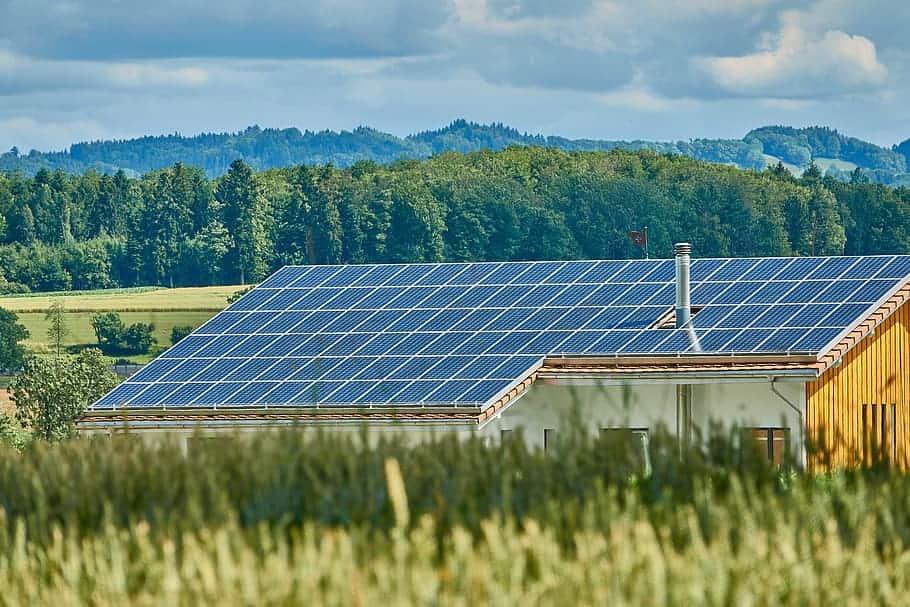
Another helpful way to start is to make your home energy-efficient. These include appliances, lighting, and renewable power systems like solar power and solar water heating. Another beneficial way is to insulate the home to reduce heating and cooling costs.
Green Technology Installation

Building homes for business using green revolution technologies will provide minimal impact on the surroundings. This includes the construction, design, maintenance, demolition, renovation, to operations. In addition, these green building techniques will consist of energy consumption, water use, natural air conditioning, and the construction’s material quality.
For more inspiration, check out this article by MODLUST about Eco-Friendly Homes.
Outdoor Style Living

Another great thing about sustainable living is to bring outdoor plants inside the home. With this design concept, your outdoor living is a space where you can spend time and entertain with family and friends. Therefore, creating an outdoor space needs to feel like a living room outside.
Other examples include landscaping around a stone walkway or planting tall shrubs to create a visual appeal.
Making Use of Endurable Materials and Construction

To create a better world, developed countries must use sustainable building material that does not impact the surroundings. Some materials used in construction are bamboo, precast concrete slaps, recycled plastic, reclaimed or recycled steel, straw bales, reclaimed wood, or plant-based polyurethane foam.
Agriculture and Food Systems
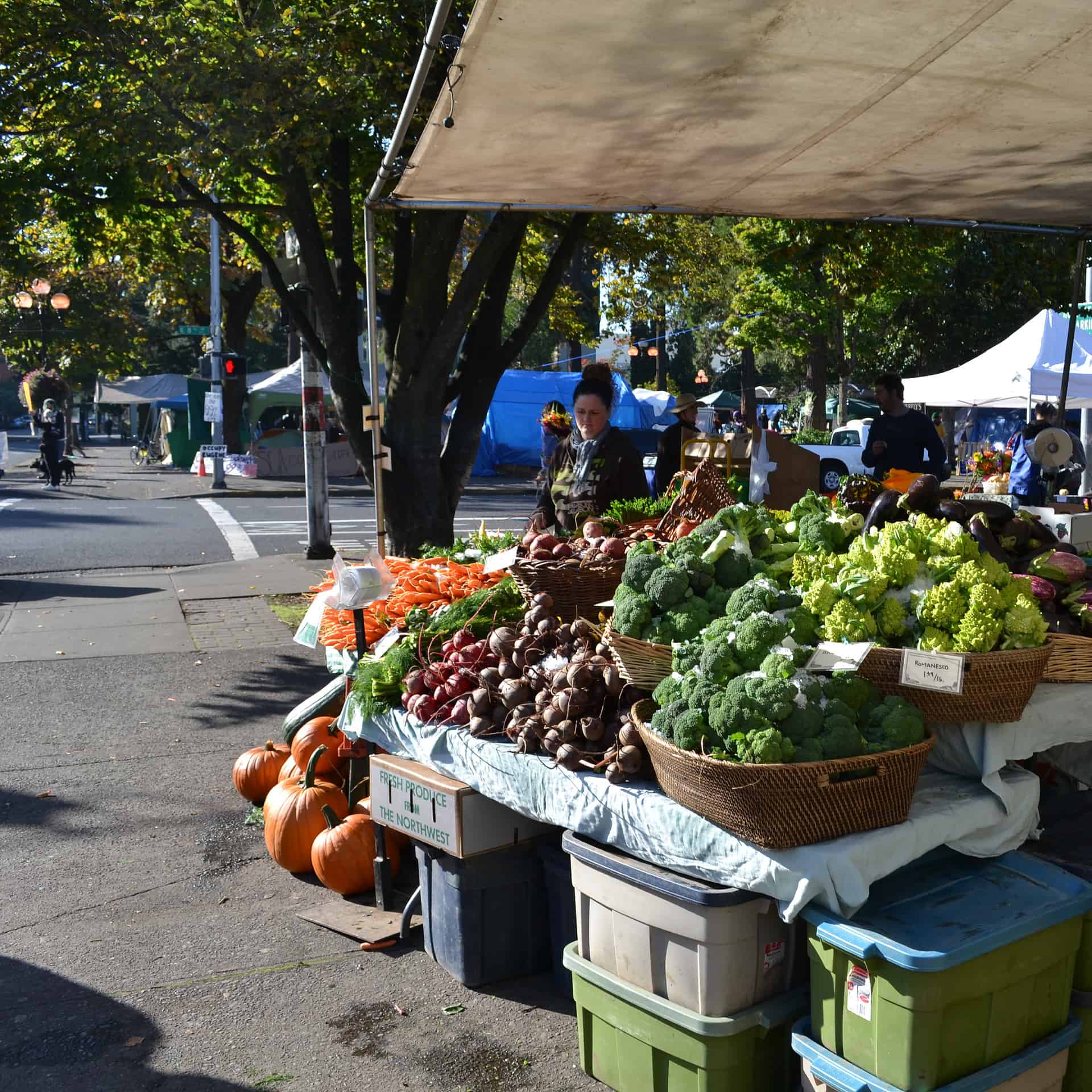
Lastly, we must support a sustainable food system when buying from local farmers. The choices of food we buy are essential. Support local farmers to reduce the carbon footprint associated with long-distance traveling.
Also, it helps to adopt a plant-based diet to help reduce meat consumption as it will help reduce greenhouse gas emissions.
Final Thought
To create sustainable living, we humans need to change how we do things. We need to start thinking of a sustainable food system; recycling to improve soil health and regenerative agriculture is part of it. We must implement farm management that works for nature instead of against it.
By forming carbon loops instead of carbon emissions, they remove the carbon from the soil and emit it into the sky. With continued growth and playing our part, we can rebuild our planet to fix the water quality and live healthier lives in our country and the rest of the world.
As we know, the most important thing to keep us alive is oxygen provided by plants and water to survive. So are you going to start playing your part to live sustainably today?
Whether you want to buy, sell, or simply reach out to other plant enthusiasts, Plantly is the right place to be!
-
$12.99Sold By: BubbleBlooms
In stock
Watermelon Pilea Cadierei, Aluminum Plant, 4 inch
Only 84 available and it’s in 1 people’s basketRated 4.81 out of 5 based on 279 customer ratings00Sold By: BubbleBlooms -
$59.00Sold By: Kazumi Nursery
In stock
Euphorbia Obesa – Baseball Plant I-200
Only 1 available and it’s in 1 people’s basketSold By: Kazumi Nursery -
$14.99Sold By: Succulent Oasis
In stock
Medium Kleinia Senecio Stapeliiformis also known as the Pickle Plant. Very different and unique plant.
Rated 4.84 out of 5 based on 352 customer ratings01Sold By: Succulent Oasis -
$14.99Sold By: Succulent Oasis
In stock
Medium Succulent Plant – Portulacaria Afra Medio-Picta is a beautifully colored succulent.
Only 9 available and it’s in 2 people’s basketRated 4.84 out of 5 based on 352 customer ratings00Sold By: Succulent Oasis
